Cobra King Speedzone Driver
Cobra Golf’s evolution has been impressive to watch over the past decade or so. Not only have they produced some of the best equipment in the brand’s history, but they’ve also had some of the best equipment on the market. Let me just say that I firmly believe the new Cobra King Speedzone driver is one of the most impressive woods Cobra has ever released.
Some of the technology in the King Speedzone driver will likely look familiar from the previous King F9 driver. That’s because Cobra kept some of the F9’s design elements, enhanced others, but also introduced some new tech to make the Speedzone driver a stronger performer. There’s a lot to cover here so strap in.
The Looks
Cobra went with a traditional shape in the King Speedzone driver, but the general aesthetic is quite modern. The 460cc head has a carbon fiber crown that comes in a glossy finish if you go with the yellow model, or a matte finish if you choose the white model. There are two noticeable ridges on the crown which are part of the Speedzone’s Aero shape. While Cobra has been focusing on airflow for quite some time, the Speedzone’s new Aero shape is their most aerodynamic yet to help generate faster club speeds.
Flip the club over and you’ll find two adjustable sole weights that allow you to move the center of gravity (CG) forward or backward. This adjustment will also influence your launch angle and spin. With the weight in the forward position, the launch and spin should be lower. Moving the weight to the rear position should result in higher launch and spin. The rear position should also be more forgiving for most players. Of course, you will also notice the return of the Speedback weighting system as introduced in the previous King F9 driver. This system has a dual purpose of assisting in the aerodynamics as well as moving the CG as low as possible for easier launch while keeping the spin down.
How Does it Feel?
Last season I described the Cobra King F9 Speedback driver as feeling smooth, well balanced, and flat out fast. Unsurprisingly, the Cobra King Speedzone driver excels in balance and speed as well. The biggest difference to me was that the King Speedzone driver feels much more solid and consistent – and just flat out better. I believe this to be a result from two new additions, so stick with me here.
First, Cobra updated their milled face design and called it “the CNC Milled Infinity Face.” The new Infinity design increased the milled area of the face by 95% (you can see it wrapping around the head) which makes the face thickness both more consistent and forgiving. It was noticeably more forgiving to me with a lot more pop at impact than prior generations of Cobra drivers.
Second is the new “Titanium T-Bar Speed Chassis.” This T-Bar is made of a strong metal that will hold up to high-speed collisions and is positioned in such a way to make the driver head more stable. This leaves you with a stronger feel and energy transfer at impact. In my opinion, the T-Bar Speed Chassis made the single greatest impact to the feel of the Speedzone driver and was an excellent addition.
How Does it Sound?
You might notice the picture above looks a little like exhaust pipes, thus, I thought it was appropriate for the Sound section. After all, Cobra says the Speedzone driver is inspired by Formula 1 race cars so the look makes sense! Anyway…
Cobra’s 360º carbon wrap added about 10% more carbon fiber to the Speedzone’s crown. While this has performance functionality, it also impacts the sound. Between the carbon fiber and CNC Milled Infinity face, the sound is a full-bodied, and really satisfying, “thwack!“ That sound stays pretty consistent across the whole face too. Only the most severe misses sounded drastically different at impact.
On-Course Performance
| Club Speed | Ball Speed | Launch Angle | Spin | Carry (Yds) | Total (Yds) |
|---|---|---|---|---|---|
| 115.1 | 172.6 | 13.8º | 2358 | 288 | 310.4 |
Simply put, I found the Cobra King Speedzone to be a much better driver than its predecessor. The biggest improvement that jumped out at me from my experience was the consistency. By adding 10% more carbon fiber, Cobra was able to use less metal which gave them a certain amount of discretionary weight that they could position elsewhere in the club head to help create a higher MOI (moment of inertia). (Think of MOI as forgiveness/ease of playability.) As such, Cobra placed more weight low in the sole with the Speedback weighting system. Maybe more importantly, they also placed some of that discretionary weight around the perimeter of the club head. The end result is a better balanced club that’s more consistent off the tee.
By design, spin and launch were lower with the weight forward, and higher with the weight back. Regardless of where I had the sole weights positioned, I had a piercing flight with manageable spin. No low diving ropes with the weight forward or ballooning floaters with the weight back.
It’s worth noting that I’ve historically found it difficult to play a CG-forward driver due to the change in feel/balance. The Speedzone, however, was the most playable “weight-forward” Cobra driver I’ve ever hit. The overall feel and balance of the club felt unchanged regardless of weight location. This allowed me to hit a stronger shot without sacrificing any feel and control with the weight forward where I had more ideal performance numbers. This was a very big deal for me.
COBRA CONNECT – Powered by Arccos
Cobra continues to implement its COBRA CONNECT technology in stock grips across its club lineup. This technology gives you seamless integration with Arccos platforms throughout the entire bag to automatically track your stats on a mobile device during a round of golf. With this data, you’ll be able to better understand the strengths and weaknesses of your game making your practice sessions more efficient. Not only that, the same data will help you make better decisions when it comes to equipment selection or setup. I’ve found COBRA CONNECT to be very useful and a nice added bonus to Cobra equipment since they’ve rolled it out across the board.
If you want to learn more details about COBRA CONNECT, you can check it out here on Cobra’s website.
Final Thoughts – Cobra King Speedzone Driver
I think it’s safe to say that the Cobra King Speedzone is the most technically advanced driver Cobra has ever released. In my opinion, while the King F9 was a fine driver, the Speedzone is a major step up in every category. Maybe I’m just drinking the Kool-Aid, but I love the combination of the Titanium T-Bar Speed Chassis and CNC Milled Infinity face. The feel is nothing short of impressive and the performance was the best I’ve had from any Cobra driver in quite some time. Most importantly, the consistency of that performance makes the Speedzone a real threat to go in my bag for the 2020 season.
Stock Cobra King Speedzone Driver Specs
Both lofts are adjustable: -1.5° / -1.0° / -1.0° Draw / STD° / STD° Draw / +1.0° / +1.0° Draw / +1.5°
| Loft | Length | Swing Weight | Head Volume |
Stock Flex |
RH/LH |
|---|---|---|---|---|---|
| 9º | 45.25″ | D1-4 | 460cc | X, S, R | RH/LH |
| 10.5º | 45.25″ | D1-4 | 460cc | S, R, L | RH/LH |

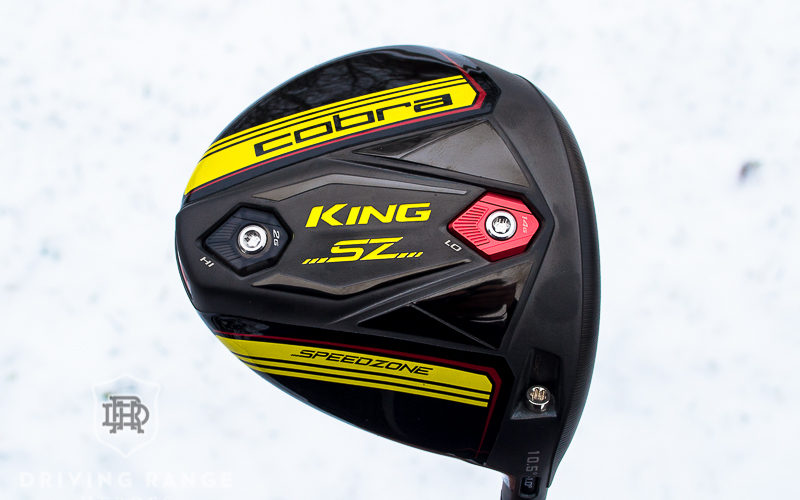
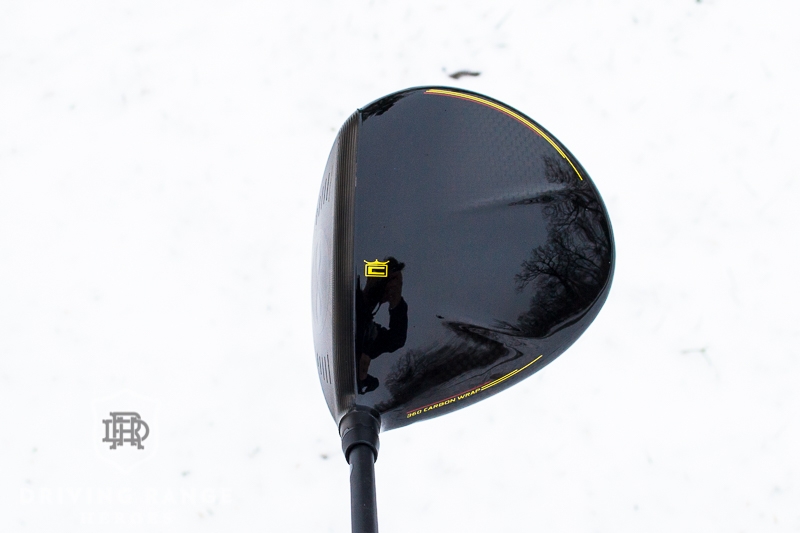

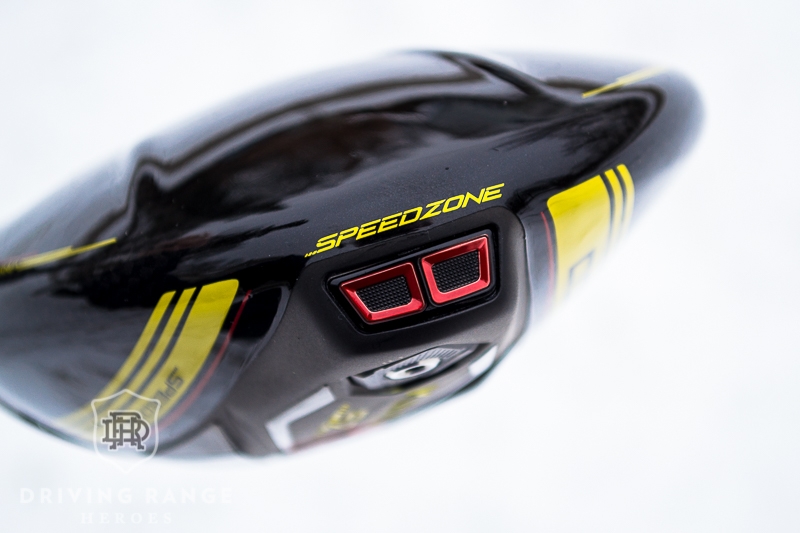

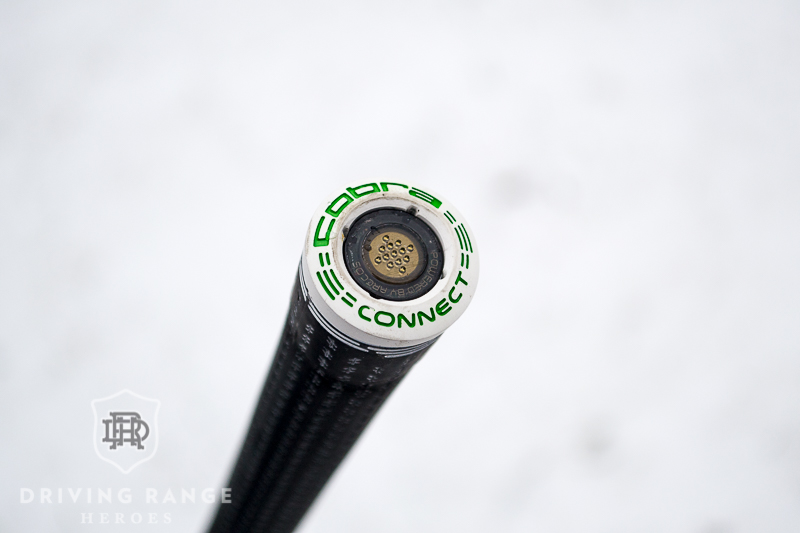


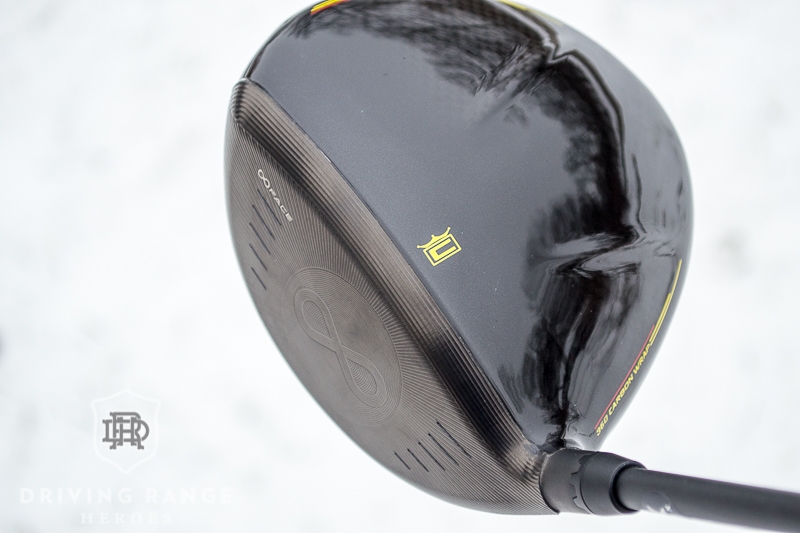
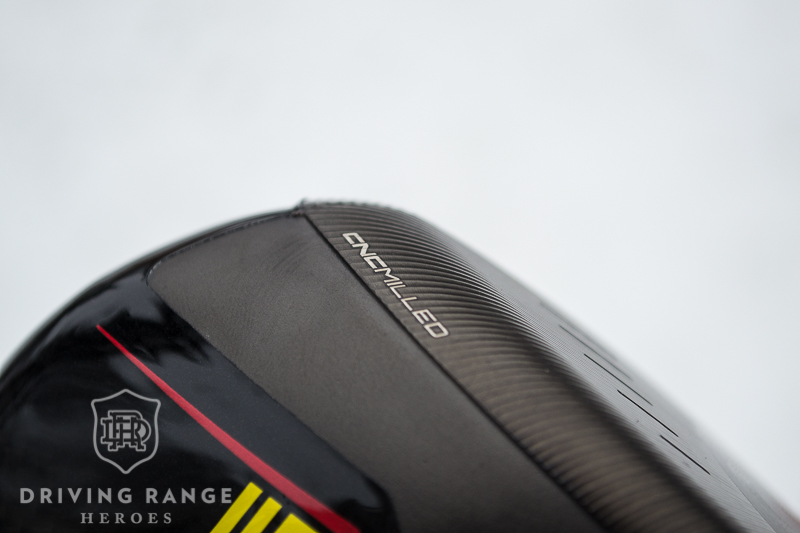
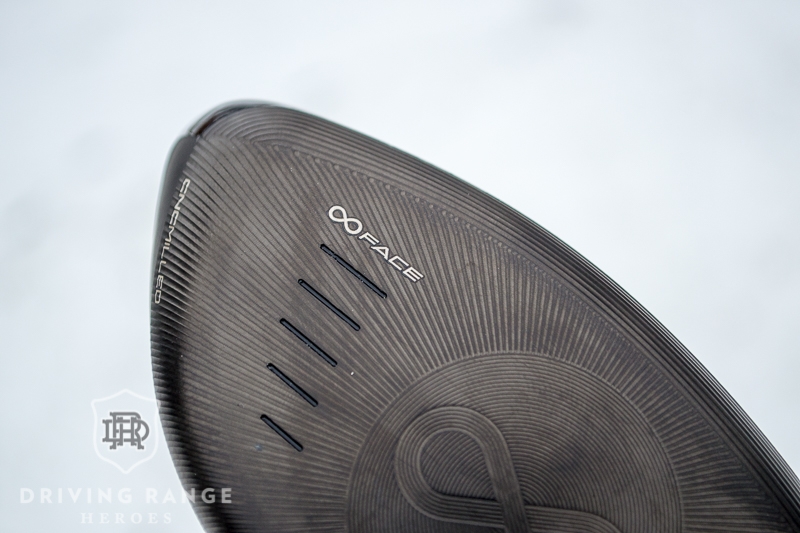
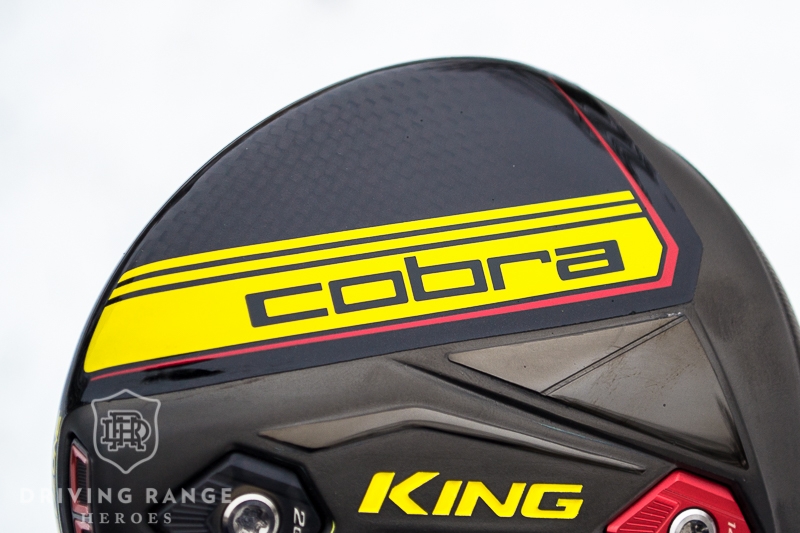
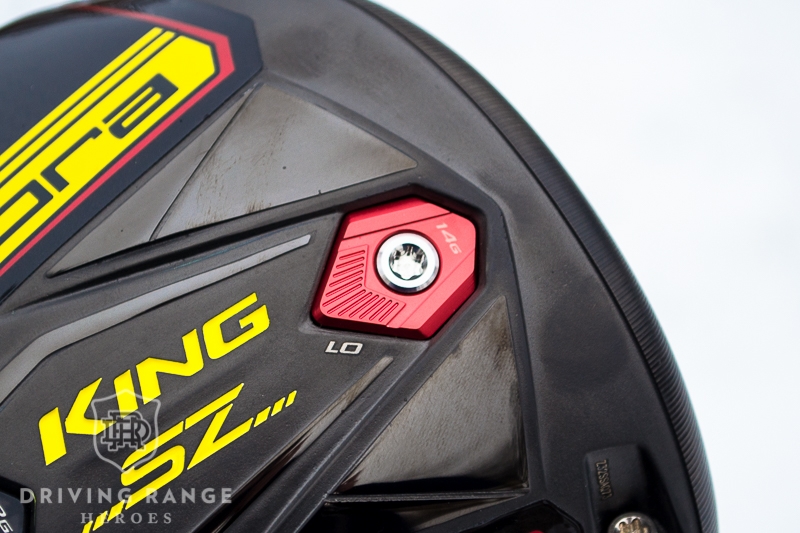
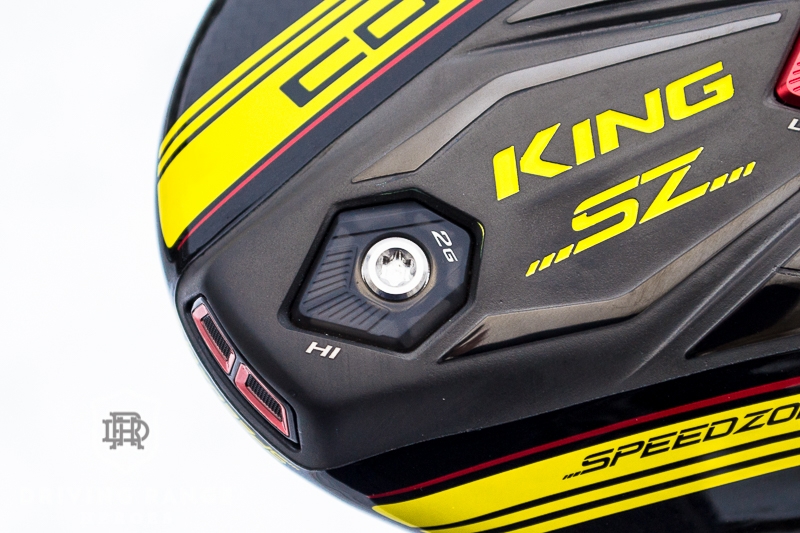
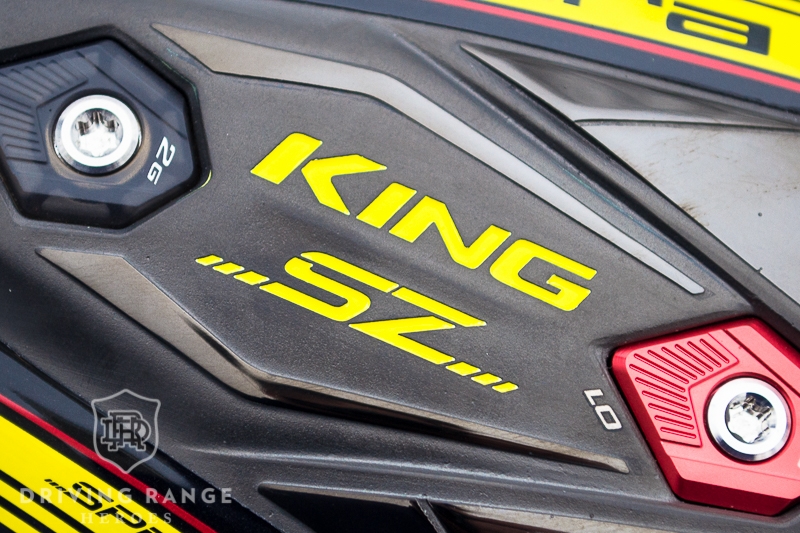
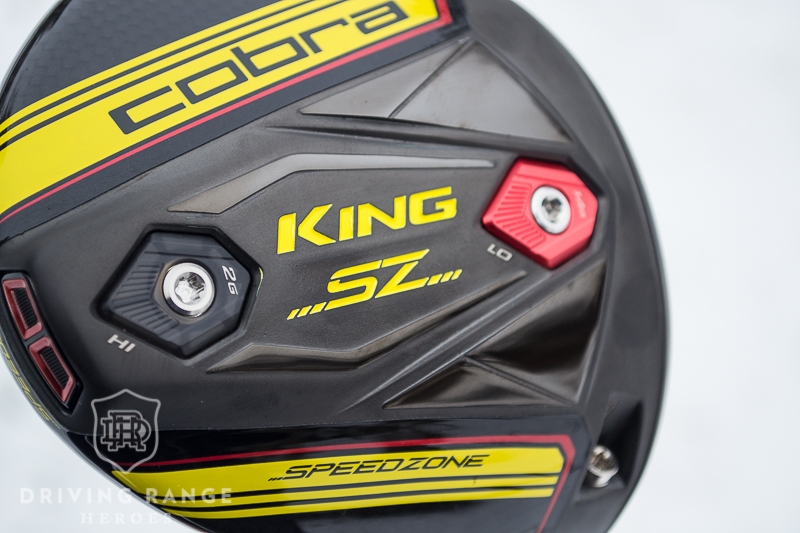
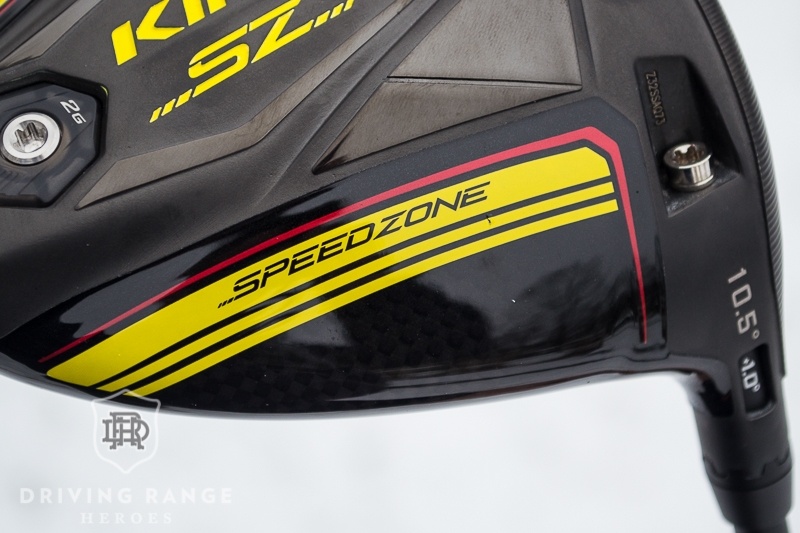

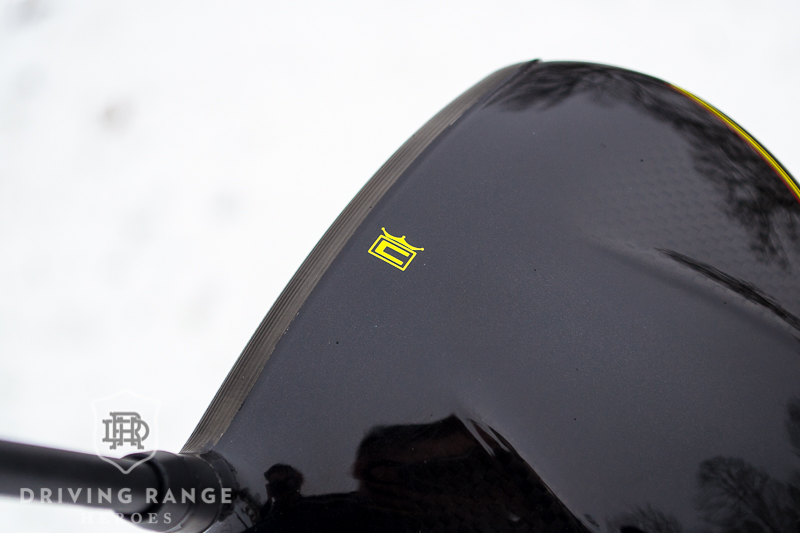
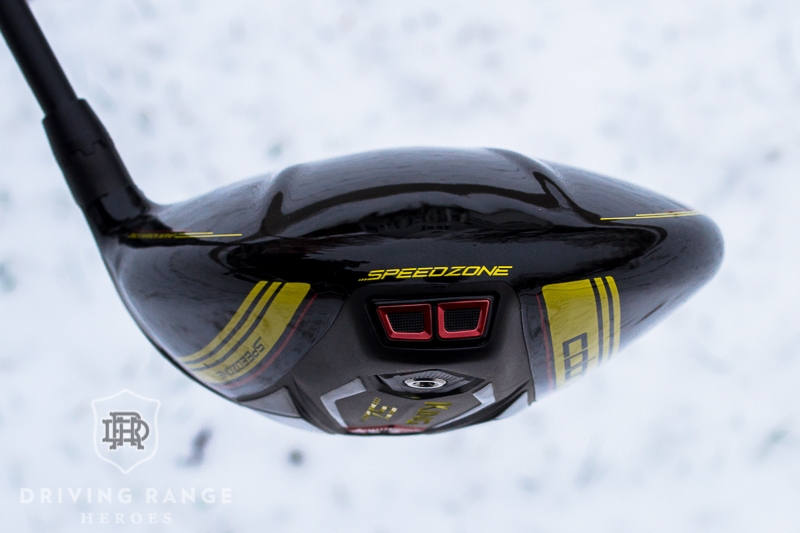
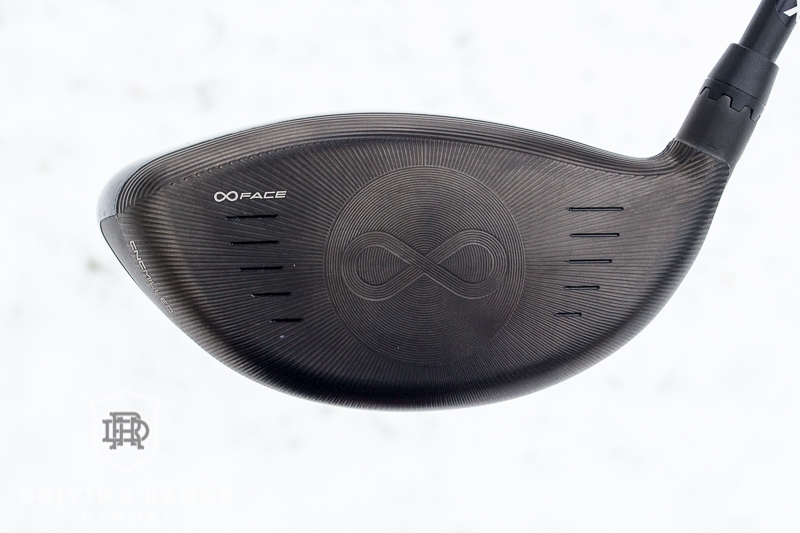

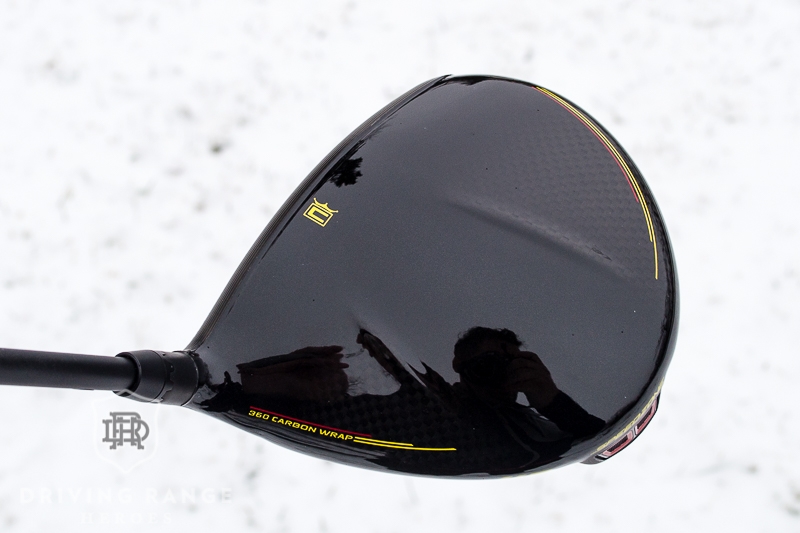




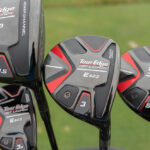
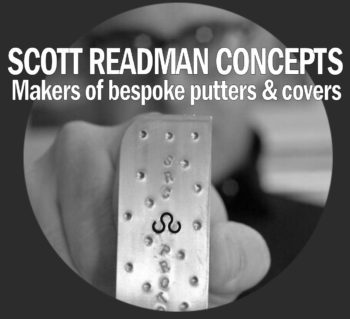











Great review / read.
Thanks a lot, Andy!
What shaft and flex did you choose with the new driver?
I used an aftermarket shaft that I’ve had in Cobra drivers so I knew I’d be comfortable with the club.
The shaft they sent me was the stock Aldila Rogue Silver.
Ultimately, my flex and shaft shouldn’t matter so much for what’s being explained in the review.
I actually believe finding the right shaft for your swing has more influence than the club heads. Your numbers between the best heads are going to be close unless the head really does not fit your eye. The shaft is what optimizes the height/spin for most people. I would bet you would find a larger difference in performance between your favorite shaft and the aldila rogue silver than the Cobra versus Tour Edge (2.3 yards).
just my opinion. keep up the good work.
I think you’re misinterpreting my reply – or I just worded it poorly.
You’re right, the shaft is very important. What I’m saying is, in my opinion, the shaft I use for my testing doesn’t translate really into much useful comparison for the player reading the review. Given how much the shaft interaction depends on your specific swing, it’s a variable that shouldn’t factor in for the review in regards to someone reading and going “oh, well he accomplished this using that shaft, that’s what I’m going to try.” If that makes sense.
When I read reviews online, I factor in that it’s commentary on someone’s experience, not scientific fact. (I know that reads preachy, trust me, not my tone – remember, I try and write in bar room conversation tones.) When I read [most] club reviews, I’m just assuming the reviewer is using the best shaft for them or whatever is the closest option for them to optimize their testing experience. Shaft reviews are a little different for the exact reason we’re discussing, but I try to make our shaft reviews a telling of our experience with as much as useful information as well. Obviously we could have one subjective perspective and you could have a totally different one! We ran into this a lot with the Project X HZRDUS Smoke Green.
Bill, do you know if Cobra designed any differences between the head lofts? Last year, I think the 10.5 was designed for more forgiveness while the 9* was lower spin. Essentially, the 9* was the sub zero model and the 10.5* was the normal model. I found this off-putting since it wasn’t possible to get a preferred loft in both “models”. Did they stop this now that they have the SZ Extreme? Thanks for another great review.
My perception was that the lower loft wasn’t any less forgiving from the sense of “being two different heads.” The less forgiveness was simply from a lower loft, and lower lofts typically (not always) have a more open face and don’t launch as much. That said, it totally depends on your swing. If the lower loft fits your swing, the head was just as forgiving or not forgiving as the higher loft. Again, just my two cents.
This year, I believe the difference in lofts to be the same as any previous years. The Extreme model is specifically designed to be more forgiving than the regular Speedzone.
Would my F9 shaft fit into an SZ head (both reg. and Xtreme)?
Yes
Great review Billy. When are we playing?
Sincerely,
Your friendly Troll
I’ve pretty much hung em up for the year. (Blog about it coming in two weeks.)
Hi just wondering what shaft you tested this club with? Thanks
I don’t remember, sorry?
Would this be more forgiving that the epic flash subzero?
Probably more subjective, but in my opinion, yes it was and I switched from that Callaway to this Cobra last year.
Thanks. My fitter assured me my setup was fine but I worry playing such an unforgiving head as a high handicap
So in your opinion should a high handicap player go a more forgiving option? My fitter said my EF SZ is fine but I worry it is too demanding.
Forgiveness is relative. Maybe you just don’t hit the “more forgiving on paper” club as well, etc. That’s the point of the fitting, right? Figure out what combination you hit most consistently and get optimal performance with. Without having seen you hit either of the clubs and the associated data, it’s tough for me to really weigh in on what you should do.